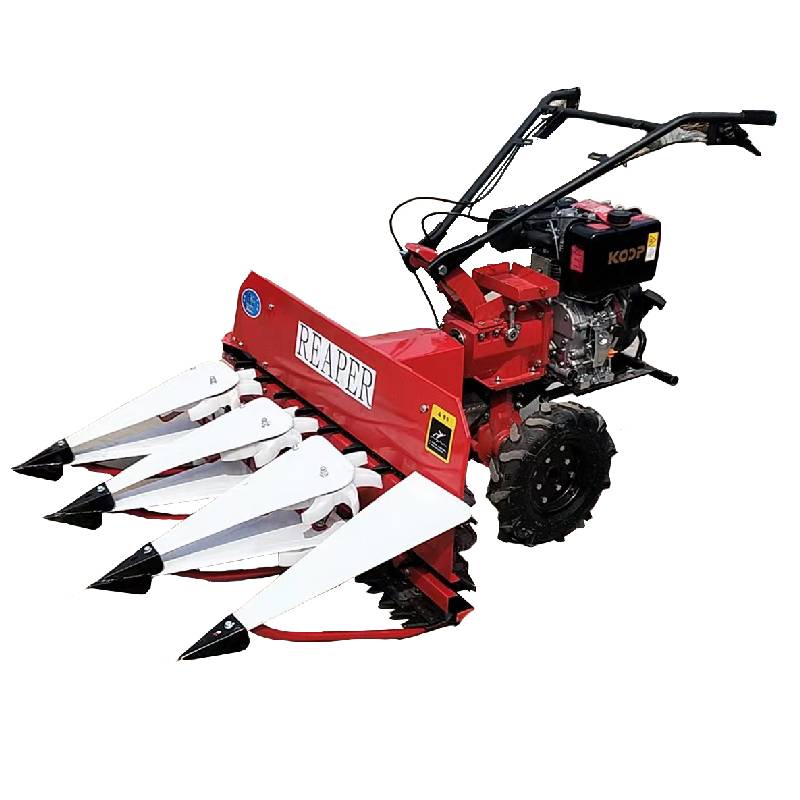High-Quality Alfalfa Shredders for Optimal Forage Preparation and Farm Efficiency
The Importance of Alfalfa Cutters in Modern Agriculture
In the realm of modern agriculture, the efficiency and quality of harvesting tools play a crucial role in maximizing crop yields and minimizing labor costs. Among these tools, the alfalfa cutter stands out for its significance in the successful harvesting of this highly nutritious forage crop. Alfalfa, known for its rich protein content and digestibility, is a primary feed source for dairy cattle and other livestock. Therefore, the timely and effective harvesting of alfalfa is paramount, and this is where alfalfa cutters come into play.
An alfalfa cutter is specifically designed to cut alfalfa plants at their optimal height and time, ensuring that the plants are harvested at their peak nutritional value. These cutters can vary in design, including self-propelled machines, trailed mowers, or even sickle bar mowers. Their primary function is to slice through the stems of the alfalfa plants quickly and efficiently, allowing for minimal bruising and loss of valuable nutrients.
One of the key advantages of using an alfalfa cutter is the speed it brings to the harvesting process. Traditional methods of harvesting alfalfa often involved manual cutting, which was labor-intensive and time-consuming. However, with the advent of modern alfalfa cutters, farmers can significantly reduce the time required for this operation. This is particularly critical as alfalfa must be harvested at specific intervals to maximize its regrowth potential. The faster a field can be cut, the sooner it can be allowed to regenerate for subsequent harvests.
alfalfa cutter

Additionally, alfalfa cutters contribute to improved forage quality. When alfalfa is cut cleanly and at the right time, it not only preserves its nutritional properties but also enhances the overall quality of feed available to livestock. Poorly harvested alfalfa can lead to increased spoilage and reduced digestibility, which can have negative implications for animal health and productivity.
Moreover, technological advancements in alfalfa cutters have introduced features such as height adjustment, conditioning rolls, and wide cutting widths. These innovations allow farmers to customize the cutting process according to the specific needs of their fields and the growth stage of the alfalfa. For instance, conditioning rolls help to crush the stems slightly, promoting faster drying and preventing mold, which is vital for ensuring quality hay.
In conclusion, the alfalfa cutter is an indispensable tool in the modern agricultural landscape, particularly for those who rely on alfalfa as a primary feed source. By improving the efficiency of harvests and enhancing the quality of forage, these machines not only increase farm productivity but also contribute to the overall health of livestock. As agriculture continues to evolve, the role of specialized equipment like the alfalfa cutter will remain crucial for sustaining agricultural output and ensuring food security.
Latest news
-
When to Upgrade Your Old Forage HarvesterNewsJun.05,2025
-
One Forage Harvester for All Your NeedsNewsJun.05,2025
-
Mastering the Grass Reaper MachineNewsJun.05,2025
-
How Small Farms Make Full Use of Wheat ReaperNewsJun.05,2025
-
Harvesting Wheat the Easy Way: Use a Mini Tractor ReaperNewsJun.05,2025
-
Growing Demand for the Mini Tractor Reaper in AsiaNewsJun.05,2025
